Has the UCI just banned Factor's new aero bike before it was even released?
Hoard of new rules include handlebar width, wheel depth and fork leg limits as Hope x Lotus track bike set to be banned

This week, cycling's governing body, the UCI (Union Cycliste Internationale) quietly announced changes to its Technical Regulations – the rulebook which affects the bikes and equipment used by cyclists in UCI-sanctioned competition – that will begin to roll out in 2026.
In a press release, the title of which focused on the 2026 WorldTour calendar, that was published Thursday, the UCI shared a long list of announcements. It included the surprise rejection of One Cycling, provisions for the development of women's cycling, the dates for upcoming world championship events in Gravel, BMX and Track, and more.
Among them was the announcement of changes to, and the introduction of, several rules pertaining to bikes, wheels and helmets.
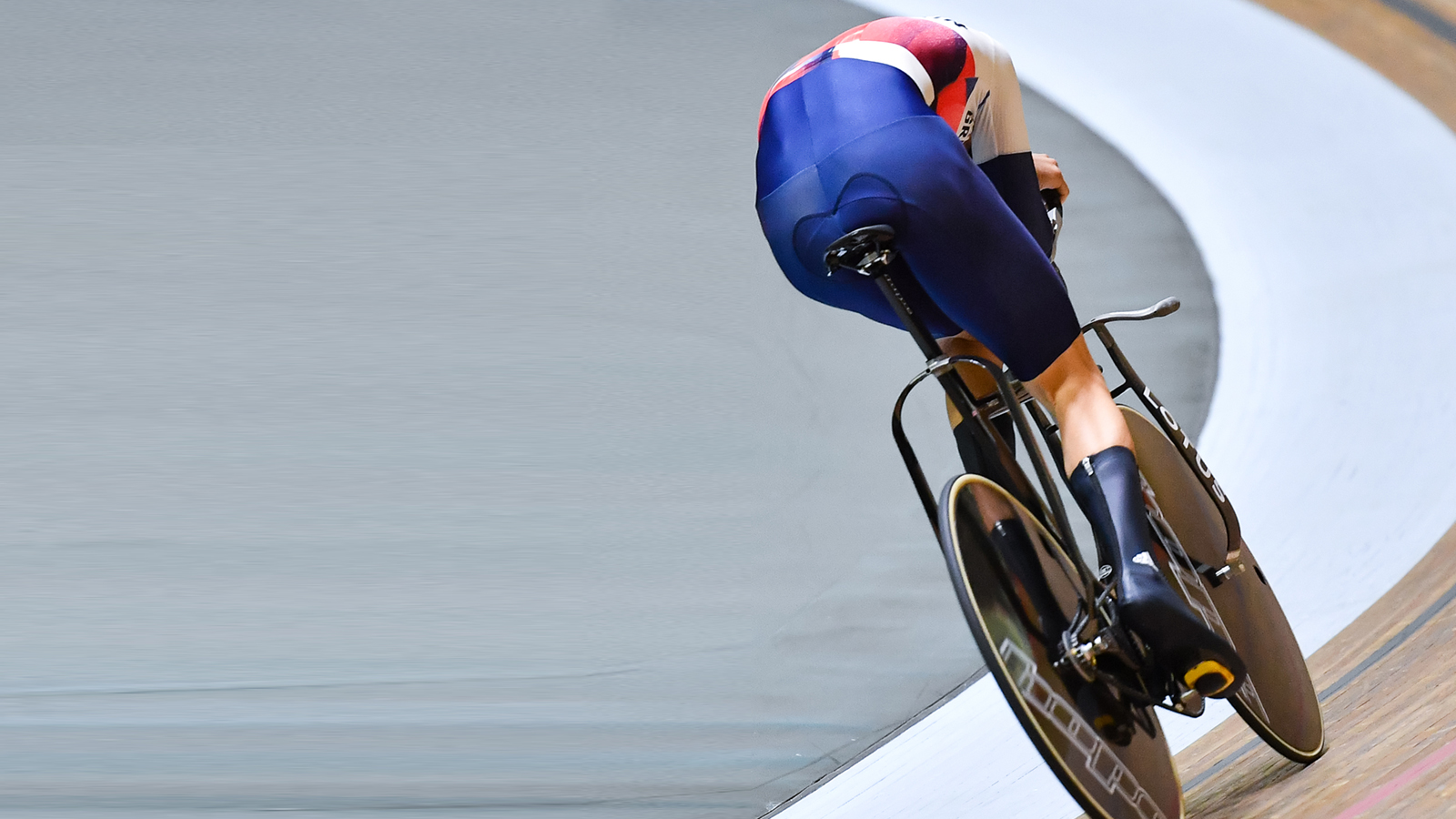
Maximum fork and seatstay width
Perhaps the most on-topic, given the very recent introduction of Factor's wild new prototype aero bike, which, ironically, was ridden to victory by Jake Stewart at the Critérium du Dauphiné at almost exactly the same time as the UCI's announcement was published, is the introduction of a rule limiting the width of a bicycle's front fork and rear seatstays.
The announcement states that, "For bicycles used in the road (as of 1 January 2026) and track (as of 1 January 2027) disciplines, only a maximum internal fork width of 115 mm at the front and 145 mm at the rear (measured along the entire length of the front fork and rear triangle) will be permitted."
We weren't able to measure the fork when we got close up with Stewart's bike at the Criterium du Dauphine, so it's not entirely clear whether the Factor bike will be affected, but given thru axles are 120mm long at the front and the fork bows outwards away from it, it certainly looks close to the limit.
Cyclingnews reached out to Factor for clarification, and the brand declined to comment, but it's not unusual for a brand to refuse to answer questions about a bike that hasn't actually been launched yet.
The latest race content, interviews, features, reviews and expert buying guides, direct to your inbox!
To try to find out a different way, we did a bit of measuring in Photoshop, using our photograhy of Stewart's bike.
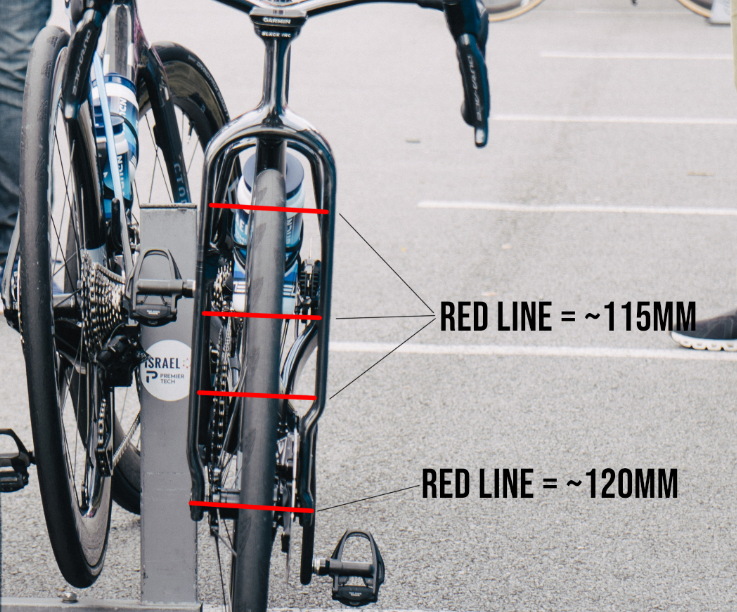
Like most road bikes, Factor's thru axles are typically 120mm long. Assuming the same remains true here, and using this image, which shows a fairly flat perspective of the fork from the front, we can 'measure' the thru axle using a red line and then compare it to the fork.
As you can see, all three of the overlaid red lines touch both fork legs at each end. Of course, we can't be 100% sure the perspective in this image hasn't affected the outcome, but based on what we have, it looks like the new Factor aero bike might just be okay.
If it does fall outside the new rules, though, one assumes it would put the brand in a very difficult position, potentially forcing them to pull their new bike from production when it is clearly so near to launching. This would come with severe financial implications, and it's unlikely the UCI would be willing to foot that bill.
The optimistic alternative, of course, is that the UCI communicated these measurements to Factor and other brands a long time ago, and the bike was designed within those predetermined limits.
However, that looks unlikely, because Hope's Robin Godden told Cyclingnews "we’ve only just found out like everyone else."
Even if the Factor bike does fall within the rules, there's one bike that quite certainly will not. The Hope track bike used by Team GB has super-wide fork legs and seatstays, designed to be in line with the rider's legs, and Godden confirms that the bike "falls outside of [the UCI's] measurements."
The UCI's press release explains that the same rule will apply to track bikes from 2027 onwards, and while that's an 18-month lead time to implement a change, at this point, the brand is a little blindsided by the news.
"That one caught us by surprise," Godden continued. "It is the first we have heard of the rules as the UCI hasn’t communicated them with us, so at the moment, we aren’t really sure what it means for the bike."
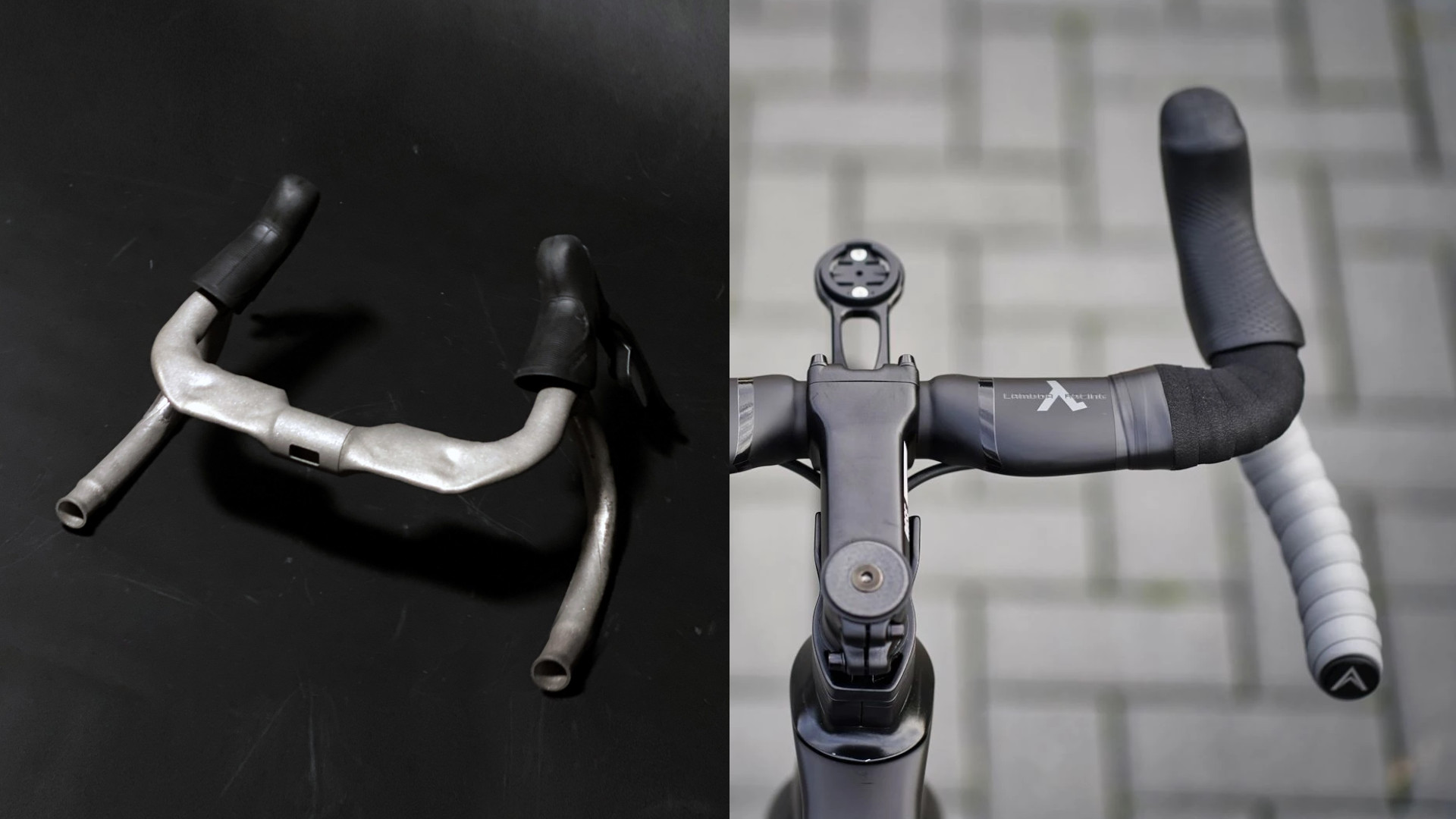
Wider handlebars
The second change pertaining to equipment rules is an increase to the minimum handlebar width, and an accompanying adjustment to the distance between the hoods, affecting how far inward they can be positioned.
The UCI's announcement states:
"The minimum overall width of handlebars (outside to outside) for mass start road and cyclo-cross events will be set at 400mm, with an inner width of 320mm between brake levers. Meanwhile, the minimum overall width of handlebars (outside to outside) for mass start track events will be set at 350mm as of 1 January 2027."
This is a revision of the rule that came into force at the start of 2024, which currently stands, and states: "The minimum overall width (outside – outside) of traditional handlebars (road events) and base bars (road and track events) is limited to 350 mm."
Essentially, in layman's terms, this means that handlebars narrower than 40cm, when measured at their widest point, will be illegal. Handlebars that position the hoods narrower – for example, 38cm – with a flare outward that puts the drops over 40mm wide, will be okay. Even narrower handlebars with a more aggressive flare will also be okay, so long as the tips of the brake hoods are no closer than 32cm apart.
In the men's field, this will likely only affect a select few riders who enjoy an aggressive, narrow cockpit, but in the women's field, there's a chance that a greater number of riders will fall foul of the rules, simply as a result of their bike fit preferences, where 38cm wide handlebars are more common.
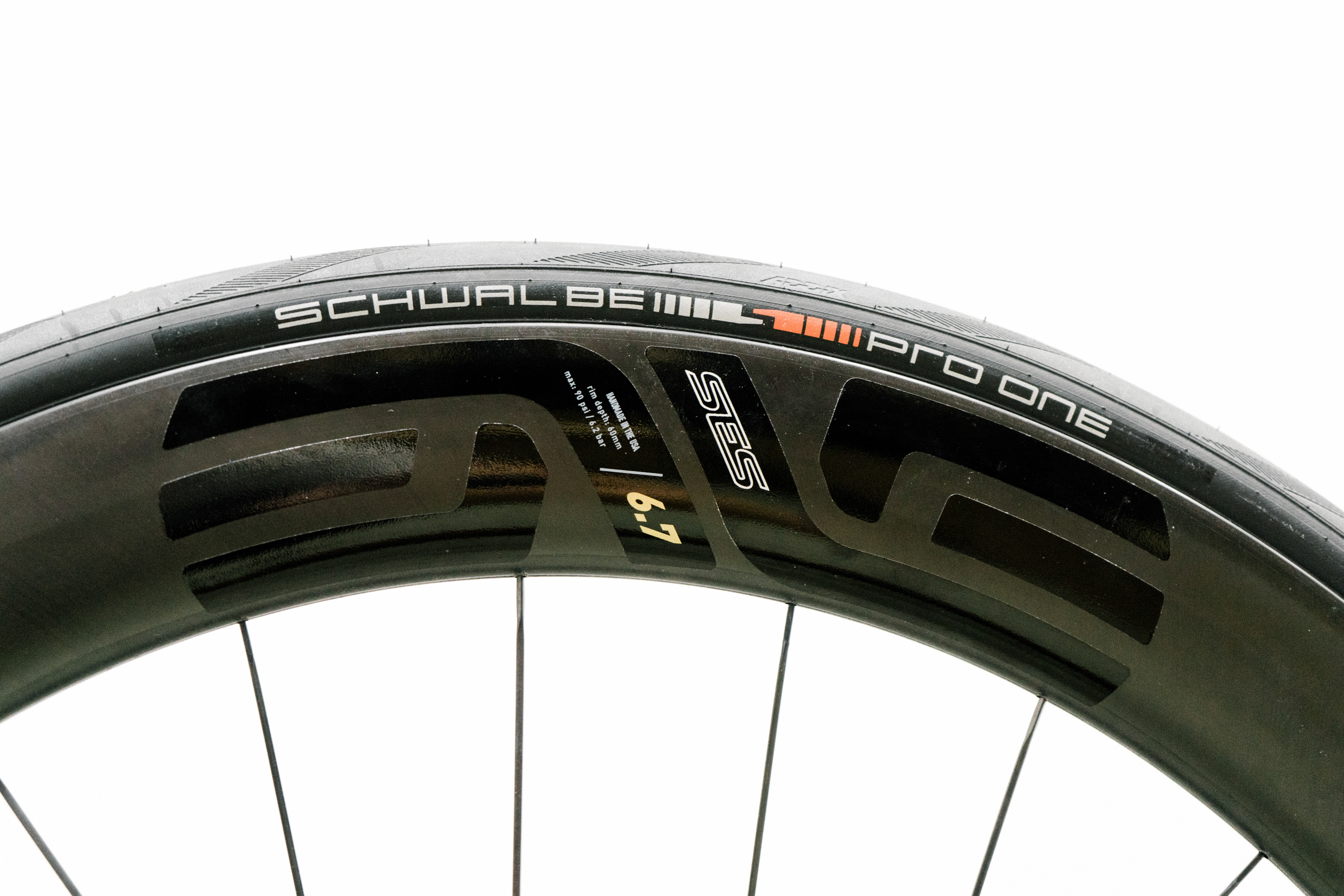
Rim height restrictions
Another newly introduced rule relates to the depth of wheels in mass start events, which is being set at 65mm.
The common choice for WorldTour pros is generally between 40 and 60mm anyway, but there are plenty of exceptions where riders would choose to run a deeper wheel in road races.
Going back a few years, I recall Hunt sponsoring Qhubeka-NextHash, and Victor Campenaerts chose to run 80mm wheels. More pertinently to the WorldTour peloton right now, though, is that the Enve SES 6.7 wheels occasionally used by Tadej Pogačar include a 67mm deep rear wheel, which as of next season, will be outlawed.
Of course, that's not much of an issue for teams with sponsorships and a budget as big as UAE Team Emirates, but it might become a source of contention among smaller teams or amateur athletes.
It's currently unclear whether these rules will trickle down to more grassroots races with national governance. British Cycling adopted the handlebar width and shifter angle rule announced in 2024, for example, in its regional and national races.
It would certainly irk amateur riders if forced to spend even more money on equipment to enable them to race in 2026.
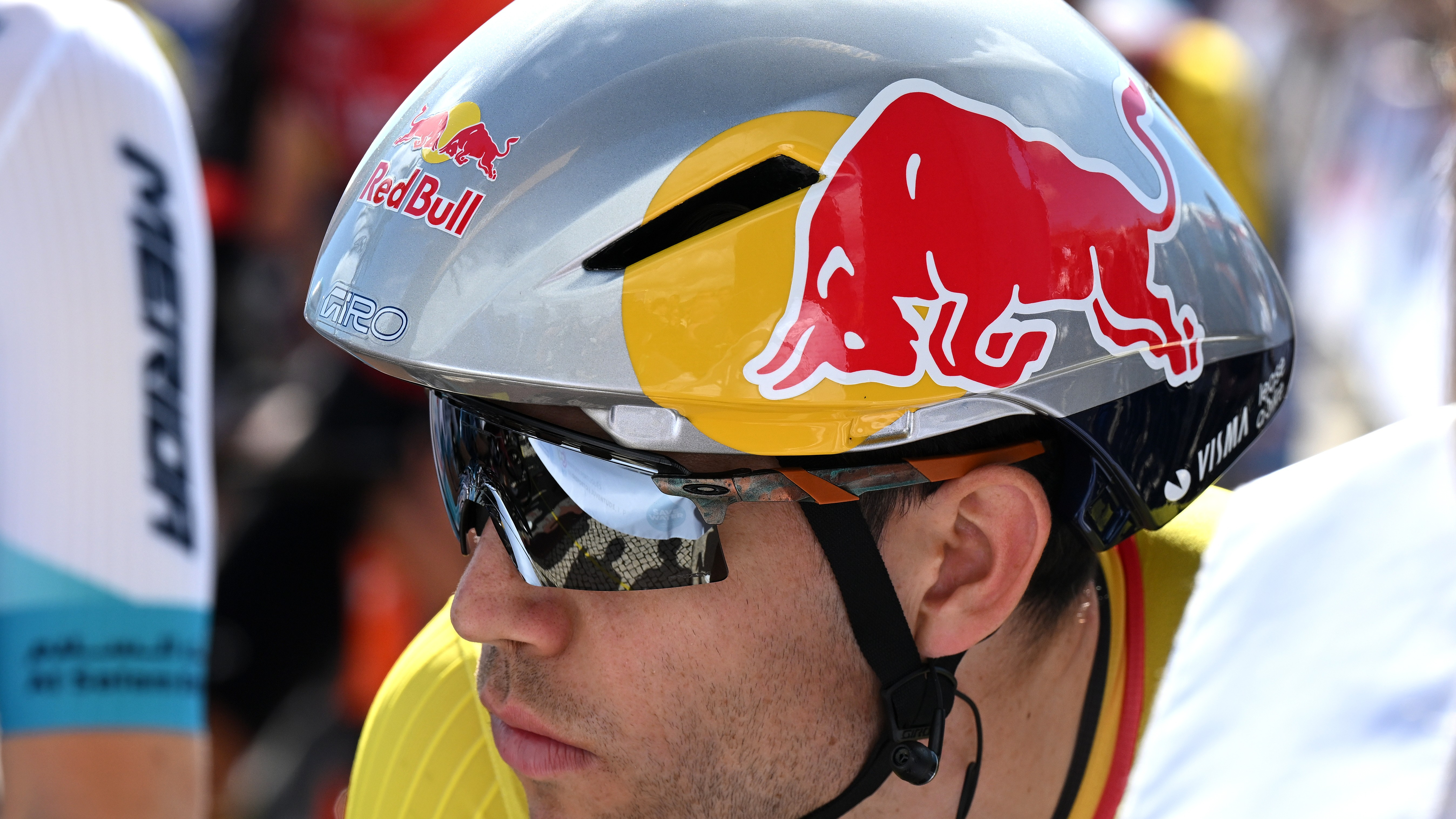
Helmet categorisation
There are two new rules relating to helmets in the UCI's announcement, and at face value, the first looks like it's trying to combat the rising trend of using time trial helmets in road races.
It states: "The UCI Management Committee approved the introduction of a distinction between road and track time trials on the one hand, and road races on the other, with regard to the helmets that may be used."
Over the past two seasons, teams have turning to time trial helmets due to the aerodynamic benefits they offer. It was first done by Uno X, when Alexander Kristoff wore the Sweet Protection Tucker, a previously discontinued helmet that was reborn as an aero lid with a few small changes. More recently, the practice has been popularised by Visma-Lease a Bike with the Giro Aerohead helmet, and by Picnic PostNL's Casper van Uden winning a stage of the Giro d'Italia.
Many onlookers, including former pro Luke Rowe, have called out the practice, with Rowe saying "we’re going to look like a bunch of UFOs, Starship Troopers, and aliens riding bikes" on a podcast he shares with Geraint Thomas.
Separately to the categorisation, the UCI's second helmet rule relates to a 'helmet approval protocol' to be in place from January 2027. The details of this are unclear, but assuming it follows the path set out by the frameset approval protocol, will involve brands submitting helmets for testing prior to approval, and a UCI-approved sticker for each ratified model.
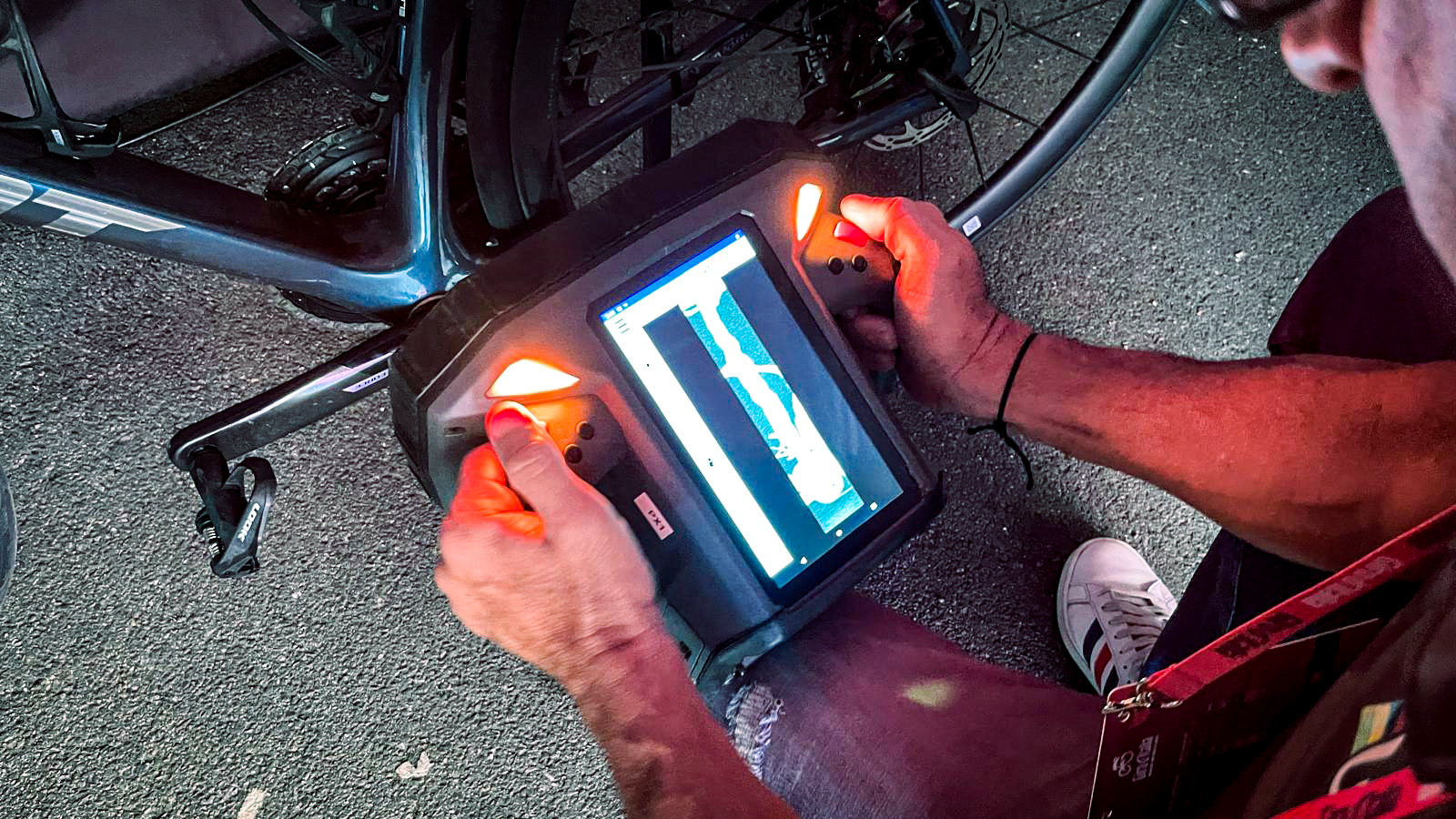
Technological fraud
The final tech-related inclusion in the UCI's announcement states an intention to "further strengthen the fight against technological fraud."
While no specific changes are listed, the statement says the UCI has made steps to make pursuing motor doping cases more straightforward, and then ensuring the correct people have the necessary investigatory power to address them.
It states that there will be "modification of several provisions in the UCI Regulations," which will "encompass all actions that have the purpose of contributing to technological fraud, including any form of assistance or attempt to deceive or avoid technological fraud testing, wherever such actions may take place."
The specific provisions being modified are unnamed, but the statement continues, adding that changes are also being made to the "procedural rules of the UCI Disciplinary Commission to ensure that it is provided with adequate investigation powers to address cases of technological fraud."

Josh is Associate Editor of Cyclingnews – leading our content on the best bikes, kit and the latest breaking tech stories from the pro peloton. He has been with us since the summer of 2019 and throughout that time he's covered everything from buyer's guides and deals to the latest tech news and reviews.
On the bike, Josh has been riding and racing for over 15 years. He started out racing cross country in his teens back when 26-inch wheels and triple chainsets were still mainstream, but he found favour in road racing in his early 20s, racing at a local and national level for Somerset-based Team Tor 2000. These days he rides indoors for convenience and fitness, and outdoors for fun on road, gravel, 'cross and cross-country bikes, the latter usually with his two dogs in tow.
You must confirm your public display name before commenting
Please logout and then login again, you will then be prompted to enter your display name.
